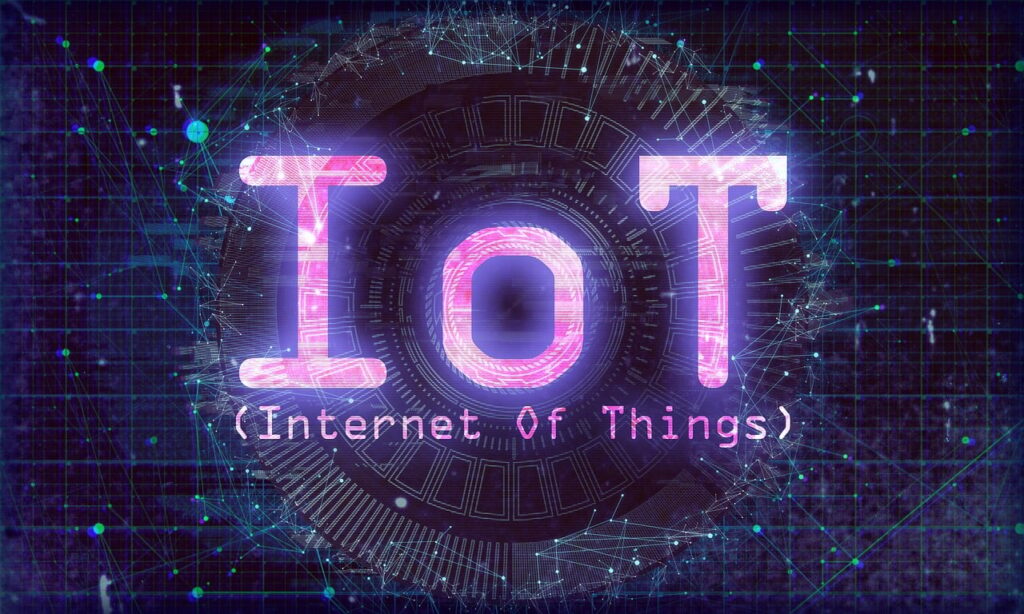Global IoT spending was around $730 billion in 2022, according to IDC data.
Moving forward, IDC expects this market value to approach $1.2 trillion by 2027.
Trends
Among other factors, global spending on the Internet of Things is driven by:
- Increased use of smart devices.
- Factory automation.
- Artificial intelligence.
- Growth of 5G networks.
- Data analytics.
- Smart cities.
- Increased infrastructure related to IoT connectivity.
Global IoT spending
IoT is the extension of Internet connectivity to physical devices and everyday objects.
These objects have electronic components and sensors, allowing them to communicate and interact with other devices over the Internet.
They can also be controlled and monitored from afar.
Worldwide spending on IoT represents a five-year compound annual growth rate of 10.4 percent.
Hefei Whale Microelectronics Co. reports that China‘s IoT spending will approach $300 billion by 2027, according to IDC predictions.
The consultancy also projects that China would consistently rank first in the world and account for about a quarter of total global IoT investment.
Hefei Whale Microelectronics Co is a subsidiary of CATL, a Chinese producer of lithium-ion batteries for electric vehicles.
This subsidiary is mainly engaged in R&D, design and sales of ultra-low-power artificial intelligence processor chips and health monitoring biosensors.
Sensors are one of the most important building blocks of the Internet of Things.
Healthcare sector
With the improvement of consumption and the gradual popularization of artificial intelligence, virtual reality, augmented reality and other technologies, IoT smart sensors will adapt to more practical, diverse and portable application scenarios.
With increasing health awareness, the demand for sports health and home health testing is growing.
Biosensors for health monitoring are becoming more useful. This is due to their compact size and ease of wearing close to the skin.
These devices not only measure heart rate, oxygen saturation, blood pressure and blood glucose, but also track exercise, stress and fatigue continuously.
It can also continuously track the effective amount of exercise, stress, fatigue, sleep, arrhythmia, atrial fibrillation and other health conditions.

